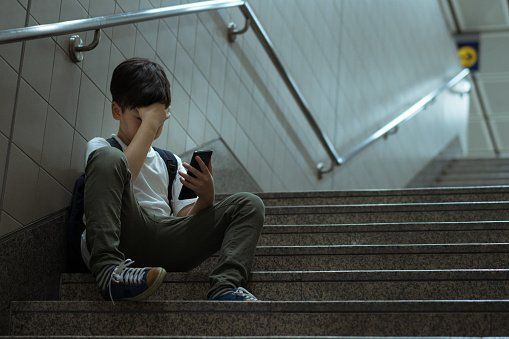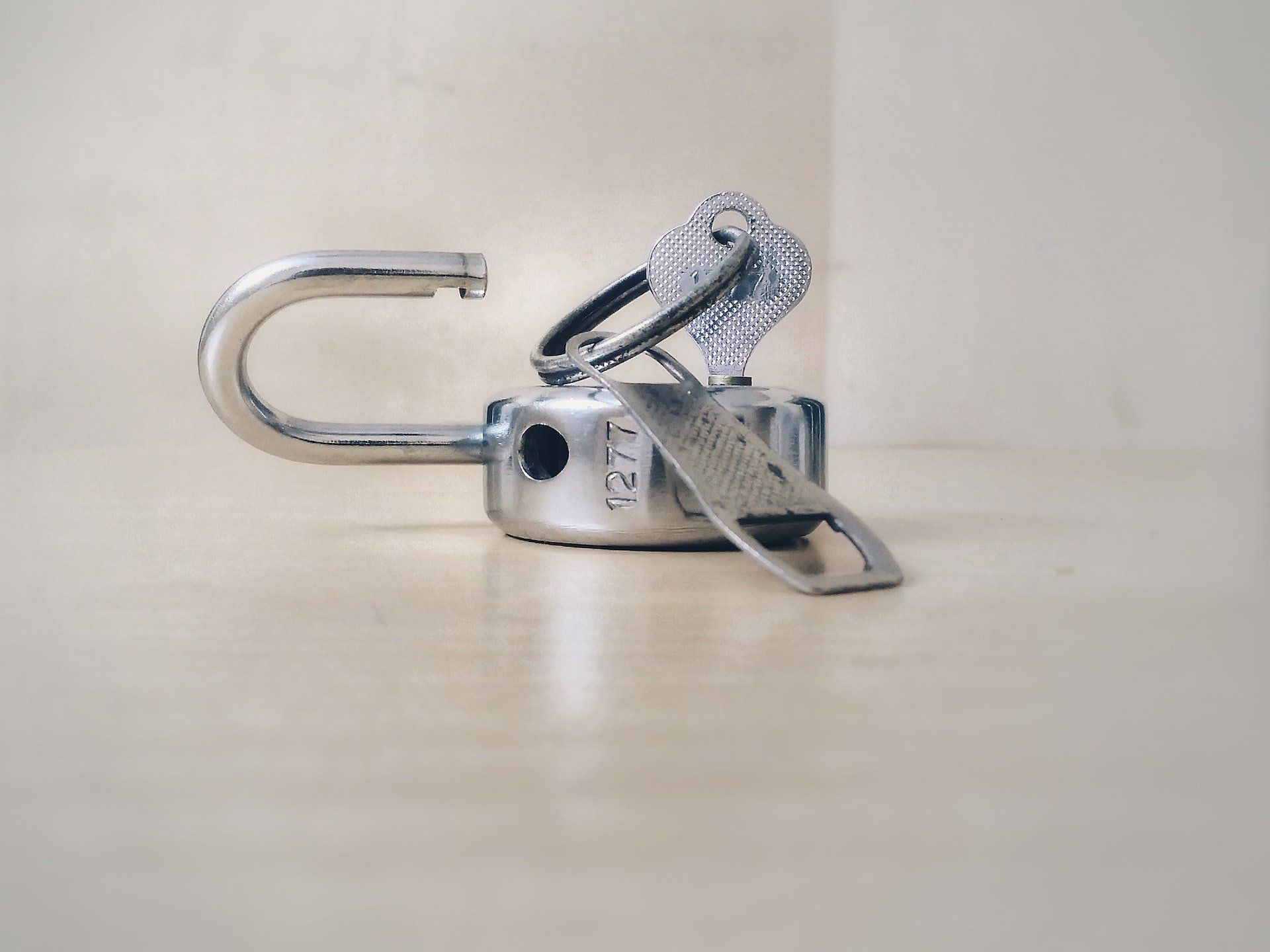Stick and Stones…
A parent's quick guide to bullying.

The Oxford Languages defines bullying as "to seek harm, intimidate or coerce". Studies have shown that there is much more to bullying than what we see or hear. If we were to ask our children if they have been exposed to bullying, most of our children, teens or young adults would say “Yes”. They have either been on the other end of bullying or have seen someone being bullied. With so many different social media platforms and apps, it is easily accessed and available for everyone's view. Bullying can go viral in an instant and the whole world can quickly read, see and comment on it.
The term bullying has become a common word in society. We hear more about it in different media outlets such as movies to music to news. It is common for music to be used as a 'bully' tactic among artists. We can watch movies and read the latest headlines regarding the impact of bullying. But it doesn't truly hit home until it has hurt one of our own. It is imperative as parents to be vigilant and stay alert to what our children/teens are being exposed to daily. Bullying can start at a very young age and can last for years without anyone knowing. It is key to catch it early on and take the steps needed to stop and reduce the impact on your child. It is important that we are aware of what bullying looks like and how it can occur so you can help your child.
Different Types of Bullying:
1. Physical bullying
is one of the easiest for us to spot. This occurs when someone uses physical action to intimidate or coerce others to do something. Many times, we see that they are bigger or stronger than your child. But this is not always the case. There are times when someone feels they have an “upper hand” on others and can use this to physically intimidate your child.
2. Verbal bullying is when someone uses words like statements or name calling to intimidate or hurt your child. This causes emotional hurt and pain. Even though there are no physical wounds or scars, there are deep emotional ones that your child can carry for the rest of their lives. These are easier to hide and less obvious to others. The old saying, "Sticks and Stones may break my bones but words will never hurt me"...is just not true. Words can define us; and are many times, echoes that we carry through us in life. They remain deep in us and often impact our relationships and how we view ourselves.
3. Cyber bullying is when someone tweets, posts or uses technology as a platform to hurt your child. Cyber bullying is popular among adolescents. Images and words can be used to threaten your child anytime and anywhere. Your child doesn't feel safe anywhere because the reach of cyberbullying is endless. This is one of the most popular forms of bullying currently. Technology is a powerful tool that can be used for so many amazing things but can also cause some terrible harm. Staying up to date on what is on your child's social media pages and apps they are currently using is important. Talking with your children on a regular basis about these platforms will be helpful in the long run.
4. Sexual bullying has several different forms. Sexual bullying can come from vulgar or inappropriate name calling to even uninvited touching or propositioning. We all think this won't happen to our child; but this is occurring everywhere and can happen in all walks of life. This type of bullying predominately impacts females; however, we must be aware that this can happen to males. Sexting is another form of sexual bullying. Someone may send a private photo to someone which is then shared on social media or among peers. They have been exposed and are now vulnerable to teasing and harassment.
5. Relational bullying is a form of bullying that can be like verbal but it's focus is on hurting/sabotaging someone's social standing. Many times, this is seen among girls where your daughter is excluded from social groups or events. You may have heard the term "mean girls" which can be associated with this from of emotional/social bullying. The goal is to intimidate or exclude and make your child feel alone and isolated.
6. Prejudicial bullying is based upon someone's personal bias/prejudice towards someone's race, gender, religion, or sexual orientation. The focus is targeting someone who is different than them. They will single out your child in order for them to feel alone. This type of bullying is dangerous; and many times, opens the door to hate crimes.
As much as we say this happens to children and teens, we know that this occurs even for adults. We can see this occur in our offices, in our social settings and even in our personal relationships. Any time, someone is using power, control, or status to intimidate someone into doing something or feeling a certain way it is a form of bullying.
What can we do:
1. Stay aware and informed!
Read articles and stay up to date on the latest forms of bullying, what it looks like and what signs to watch for in your children.
2. Don't stay silent…Communicate! Talk to your children regularly. Ask them how things are going, who are their friends and if they have any concerns. Don't avoid the conversation and start talking to your children now about what bullying looks like. Don't wait for your child to come to you about it…be proactive!
3. Stay up to date! There are so many different social media apps and platforms out there so do your best to know which ones your children/teen are using. Ask to see their profiles or 'friend' them on the platform so you can see what is being posted.
4. Don't do this alone! Navigating the impact of bullying on your child can be overwhelming for you and them. There are so many emotions and feelings that can lead to trauma. Reach out to your school and ask about a local support group. Find a local therapist that can support you. Talk to other parents so that you are not alone in protecting your child.
Bullying is an exploding mental health need. It is something so many teens and children don't talk about. They remain silent because they feel shame or embarrassment over what someone else is doing to them. Bullying is something that can impact a child's mental health and their view on themselves. It can impact how they see the world and how they see others. It can impact a teen's social and academic performance. Someone being impacted by bullying, will tend to isolate, or hide from the world, they may show signs of anxiety or depression or even begin to have thoughts of harming themselves or others. Bullying is something that should be taken seriously and can result in trauma. If your child or teen is being impacted by bullying, seek help now. If you believe that your child or teen needs additional support from a therapist to help them navigate the emotions and feelings experienced as a result of the bullying, contact us today at 513-376-9757 or you can find us online at https://www.counselingalliance.com/.
Resources:
https://www.stopbullying.gov/
- StopBullying.gov
https://www.stompoutbullying.org/
- STOMP Out Bullying
https://www.verywellmind.com/ - Very Well Mind
Join the Conversation
Recent Posts
NAVIGATION
REACH US
WE ARE ENDORSED BY
All Rights Reserved | Counseling Alliance


